How To Make A Tripod For Camera ?
To make a tripod for a camera, you will need three long and sturdy sticks or poles of equal length. You can use wooden dowels, PVC pipes, or metal rods. Then, tie the three sticks together at one end using a strong rope or cord. Spread the other ends of the sticks apart to form a triangle shape and tie them together at the top with another piece of rope or cord. Make sure the tripod is stable and the legs are evenly spaced apart. You can also add rubber tips or caps to the ends of the sticks to prevent them from slipping on smooth surfaces. Finally, attach a camera mount or head to the top of the tripod using screws or clamps. Adjust the height and angle of the camera as needed and you're ready to start shooting!
1、 DIY Tripod: Simple and Easy Steps
DIY Tripod: Simple and Easy Steps
A tripod is an essential tool for any photographer or videographer. It provides stability and allows for steady shots, especially in low light situations. However, buying a tripod can be expensive, and sometimes, it may not fit your specific needs. In this case, making your own tripod can be a great solution. Here are some simple and easy steps to make a DIY tripod for your camera.
Materials Needed:
- PVC pipes (1 inch diameter)
- PVC elbows (1 inch diameter)
- PVC T-joints (1 inch diameter)
- Screws
- Nuts
- Washers
- Drill
- Saw
- Sandpaper
- Tripod head (optional)
Step 1: Cut the PVC pipes to the desired length. You will need three pieces of equal length for the legs and one longer piece for the center column.
Step 2: Sand the edges of the PVC pipes to remove any roughness.
Step 3: Drill holes in the PVC T-joints and elbows. These holes will be used to attach the legs to the center column.
Step 4: Attach the PVC T-joints to the center column using screws, nuts, and washers.
Step 5: Attach the PVC elbows to the ends of the legs using screws, nuts, and washers.
Step 6: Insert the legs into the PVC T-joints and secure them with screws, nuts, and washers.
Step 7: (Optional) Attach a tripod head to the top of the center column.
Your DIY tripod is now ready to use. This tripod is lightweight, portable, and can be customized to fit your specific needs. You can adjust the height of the center column by adding or removing PVC pipes. You can also add rubber feet to the ends of the legs to provide extra stability on uneven surfaces.
In conclusion, making your own tripod can be a fun and rewarding project. It allows you to save money and create a tool that fits your specific needs. With a little bit of creativity and some basic tools, you can make a DIY tripod that will provide stability and allow you to take steady shots.
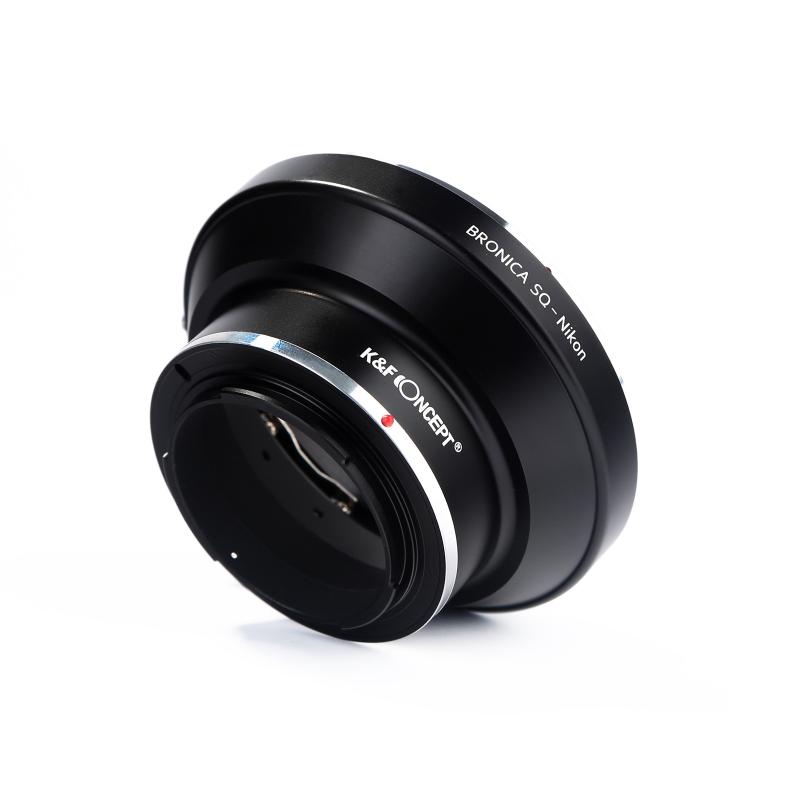
2、 Homemade Tripod: Materials and Tools Needed
Homemade Tripod: Materials and Tools Needed
Making a tripod for your camera can be a fun and rewarding project. Not only will you save money, but you'll also have a unique and personalized piece of equipment. Here are the materials and tools you'll need to make a homemade tripod:
Materials:
- Three wooden dowels or metal rods (about 1 inch in diameter and 3 feet long)
- Three rubber or plastic caps to fit on the ends of the dowels/rods
- A piece of plywood or metal plate (about 6 inches square)
- Screws and nuts to attach the dowels/rods to the plate
- A ball head or other camera mount
Tools:
- Saw (if cutting dowels/rods to size)
- Drill and drill bits
- Screwdriver
- Wrench or pliers
To assemble the tripod, cut the dowels/rods to the desired length (if necessary) and attach the rubber/plastic caps to the ends. Then, drill holes in the plywood/metal plate and attach the dowels/rods using screws and nuts. Finally, attach the ball head or other camera mount to the top of the dowels/rods.
It's important to note that while a homemade tripod can be a fun and cost-effective project, it may not be as sturdy or reliable as a commercially-made tripod. Additionally, if you're not comfortable with DIY projects or don't have the necessary tools, it may be best to purchase a tripod instead.
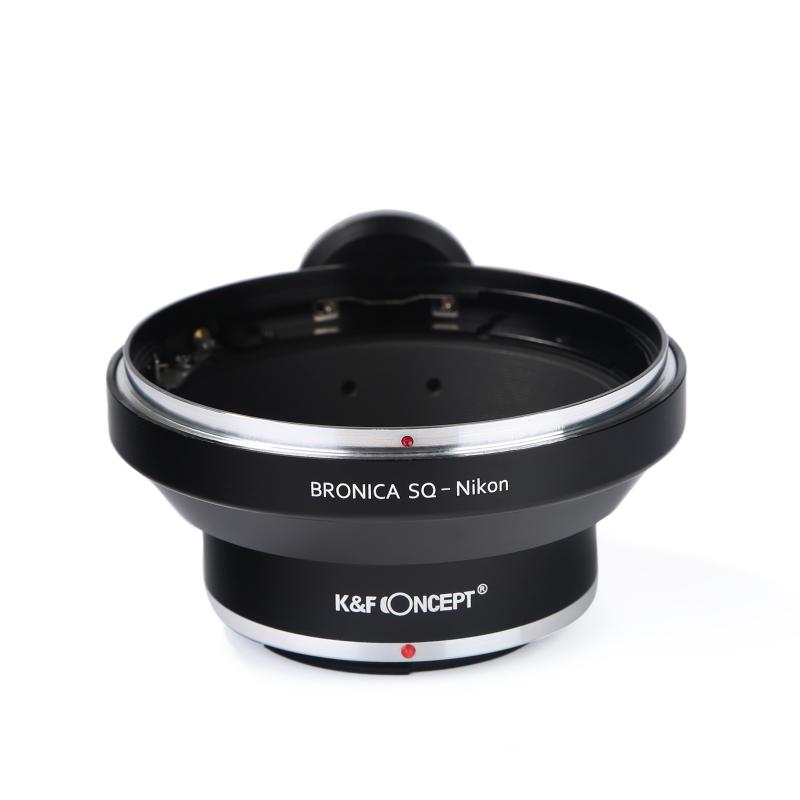
3、 Tripod Head: Types and Functions
How to make a tripod for camera:
Making a tripod for your camera can be a fun and rewarding DIY project. Here are the steps to make a simple tripod:
1. Gather materials: You will need three wooden dowels, a piece of plywood, screws, and a drill.
2. Cut the dowels: Cut the dowels to the desired length for your tripod legs. Sand the ends to make them smooth.
3. Drill holes: Drill holes in the plywood to attach the dowels. Make sure the holes are evenly spaced and centered.
4. Attach the dowels: Screw the dowels into the plywood through the holes you drilled.
5. Add a camera mount: You can attach a camera mount to the top of the plywood to hold your camera.
6. Test it out: Test your tripod to make sure it is stable and can hold your camera securely.
Tripod Head: Types and Functions:
A tripod head is the part of the tripod that attaches to the camera and allows for movement and adjustment. There are several types of tripod heads, each with its own functions:
1. Ball head: A ball head allows for quick and easy adjustments in any direction.
2. Pan-tilt head: A pan-tilt head allows for precise adjustments in both horizontal and vertical directions.
3. Gimbal head: A gimbal head is ideal for heavy telephoto lenses and allows for smooth movement and balance.
4. Fluid head: A fluid head is designed for video cameras and allows for smooth panning and tilting.
5. Three-way head: A three-way head allows for precise adjustments in three directions.
The latest point of view on tripod heads is that they are becoming more versatile and adaptable to different types of cameras and shooting situations. Many tripod heads now have interchangeable plates and quick-release mechanisms for easy attachment and detachment of cameras. Additionally, some tripod heads now have built-in levels and bubble indicators for precise leveling.
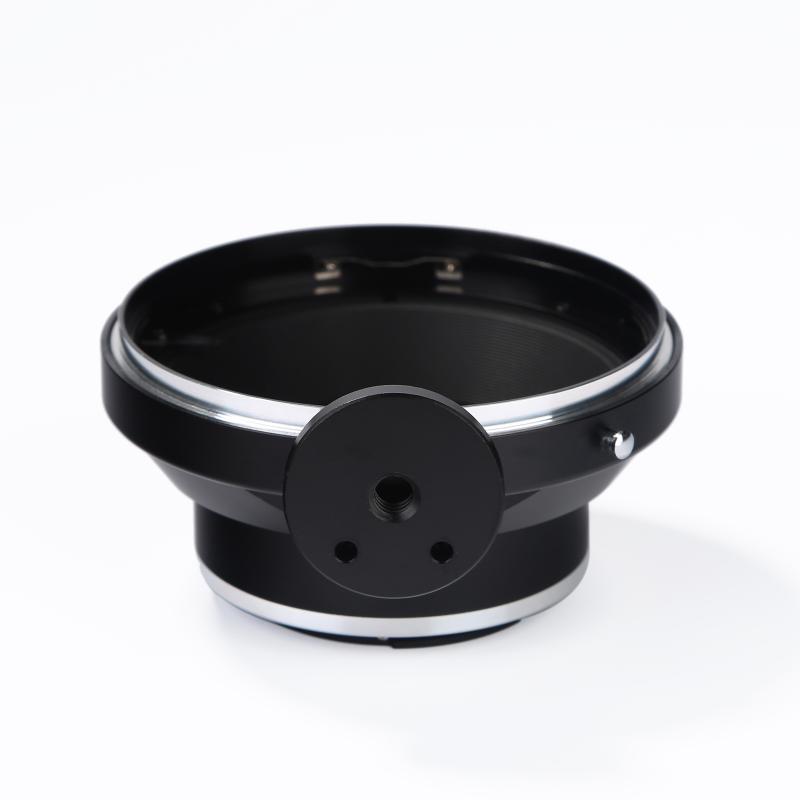
4、 Tripod Legs: Materials and Adjustability
How to make a tripod for camera:
Making a tripod for your camera can be a fun and rewarding DIY project. Here are the steps to make a simple tripod:
1. Gather materials: You will need three wooden dowels, a piece of plywood, screws, and a drill.
2. Cut the dowels: Cut the dowels to the desired length for your tripod legs. Make sure they are all the same length.
3. Drill holes: Drill holes in the plywood to attach the dowels. Make sure the holes are evenly spaced and centered.
4. Attach the dowels: Screw the dowels into the plywood through the holes you drilled.
5. Add a camera mount: You can attach a camera mount to the top of the plywood to hold your camera.
6. Adjust the legs: Adjust the legs to the desired height and angle.
Tripod Legs: Materials and Adjustability:
When it comes to tripod legs, there are a variety of materials to choose from, including aluminum, carbon fiber, and wood. Aluminum is the most common material used for tripod legs due to its durability and affordability. Carbon fiber is a more expensive option but is lighter and more durable than aluminum. Wood is a less common material but can be a good option for those looking for a more natural look.
Adjustability is also an important factor to consider when choosing tripod legs. Most tripod legs have adjustable height and angle, but some models also have adjustable leg spread and center column height. These features can be useful for getting the perfect shot in different situations.
In recent years, there has been a trend towards more compact and lightweight tripod legs, as well as tripod legs that can be converted into monopods. This allows for greater versatility and ease of use for photographers on the go.
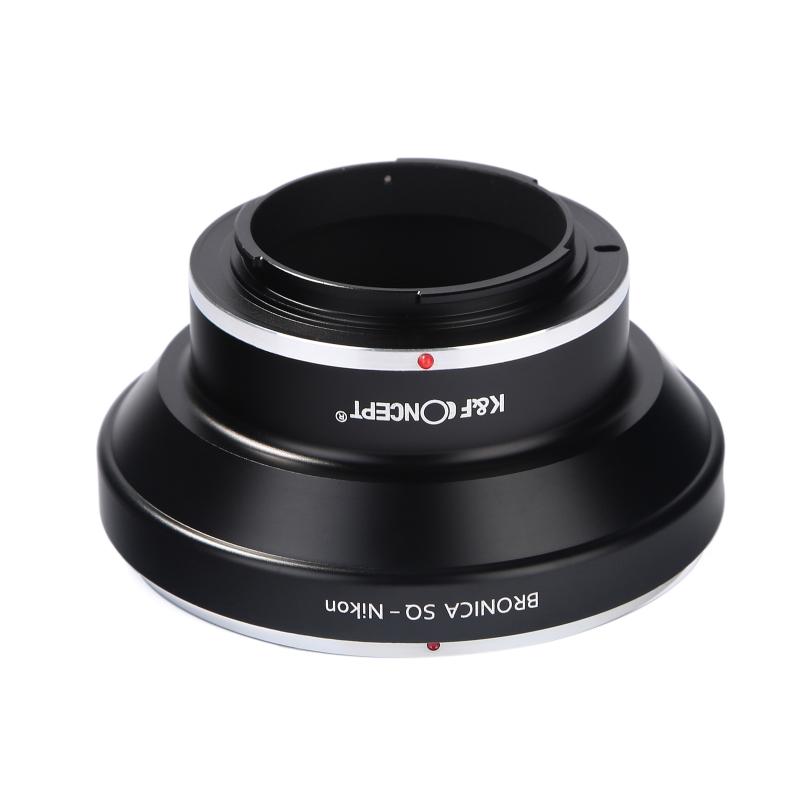






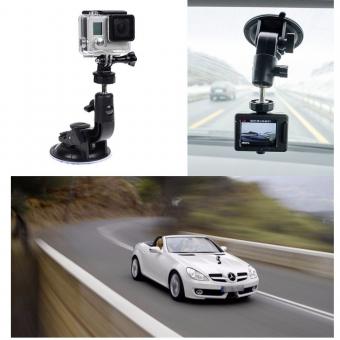





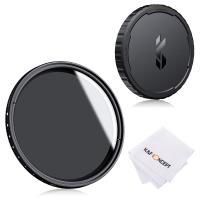



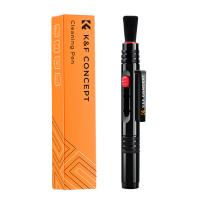

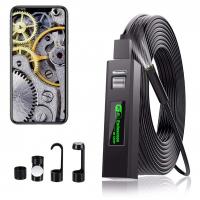

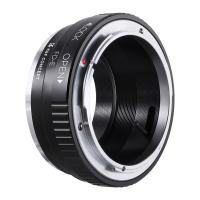
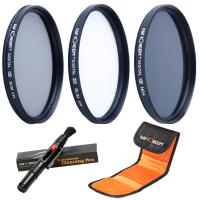
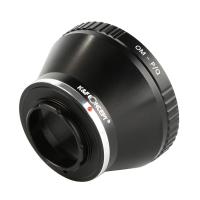
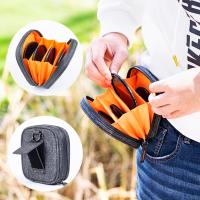

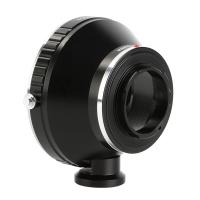
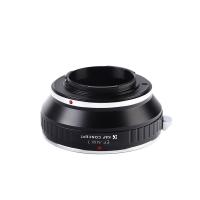
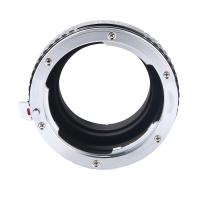
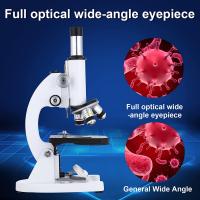
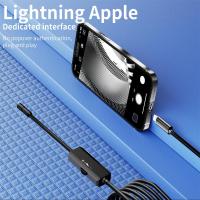
There are no comments for this blog.